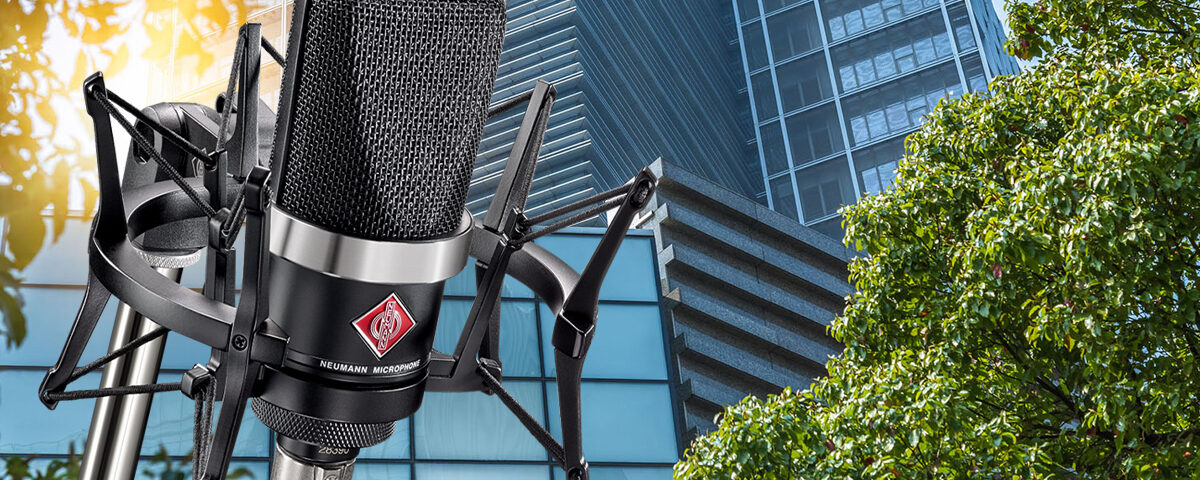Embracing Environmentally Sustainable Recording Practices
The recording industry has long been known for its magic and glamour, but its environmental impact is becoming harder to ignore. With a growing awareness of the importance of sustainability and the urgent need to reduce our carbon footprint, many musicians, producers, and engineers are now looking for ways to make their recording practices more eco-friendly. This article will explore the various steps the industry is taking to embrace environmentally sustainable recording, from using renewable energy sources to reducing waste and emissions, and utilizing sustainable materials for studio construction and equipment.
Harnessing Renewable Energy Sources
One of the most effective ways to reduce the environmental impact of recording studios is by utilizing renewable energy sources. Solar power, in particular, has emerged as a popular choice among studios looking to cut their carbon emissions. By installing solar panels on their roofs or properties, studios can generate clean, renewable energy that can be used to power their equipment and operations. This not only helps reduce greenhouse gas emissions but also lowers electricity costs, making it an economically viable option for many recording facilities.
Additionally, some studios are exploring the potential of other renewable energy sources such as wind power, geothermal energy, and even small-scale hydropower systems. By diversifying their energy sources and investing in clean energy technology, recording studios can significantly lower their environmental impact and contribute to a greener future.
Waste Reduction and Recycling
The recording industry is notorious for generating large amounts of waste, from disposable batteries to single-use plastics. By implementing waste reduction and recycling strategies, studios can significantly reduce their environmental footprint. One way to achieve this is by adopting a zero-waste philosophy, which involves rethinking the way resources are used and minimizing waste generation.
For instance, studios can opt for rechargeable batteries for wireless microphones and other equipment, thereby reducing the amount of hazardous waste created by disposable batteries. Additionally, embracing digital technology and cloud storage can help minimize the use of paper, CDs, and other physical media, leading to a substantial reduction in waste production.
Recycling is another crucial aspect of waste management, and studios should actively promote recycling programs for paper, plastics, and other materials. By providing clearly labeled recycling bins and educating staff and clients on proper recycling practices, studios can make a significant impact on waste reduction.
Sustainable Studio Construction and Equipment
Building an eco-friendly recording studio goes beyond energy efficiency and waste reduction; it also involves using sustainable materials for studio construction and equipment. Many studios are now incorporating green building principles into their design, using materials such as reclaimed wood, recycled steel, and eco-friendly insulation. This not only helps reduce the environmental impact of the construction process but also contributes to a healthier and more comfortable working environment.
Moreover, studios can opt for equipment made from sustainable materials or designed with energy efficiency in mind. For instance, LED lighting can significantly reduce energy consumption compared to traditional incandescent bulbs, while also offering better performance and longevity. Similarly, eco-friendly acoustic treatment materials such as recycled cotton or wood fiber can help studios achieve optimal sound quality without causing harm to the environment.
Promoting Sustainable Practices Among Artists and Clients
To truly embrace environmentally sustainable recording, it is crucial to involve artists and clients in the process. Studios can lead by example by adopting green practices and encouraging clients to do the same. For instance, studios can offer incentives for artists who choose to record using sustainable materials or energy-efficient equipment. They can also provide information on the environmental benefits of such practices, helping clients make informed decisions.
Furthermore, studios can collaborate with local environmental organizations to organize workshops and events that promote sustainable practices in the recording industry. By fostering a sense of community and shared responsibility, studios can help create a culture of sustainability that extends beyond their own facilities.
Summary
The recording industry is at a crucial juncture in its journey towards environmental sustainability. By embracing renewable energy sources, reducing waste and emissions, and utilizing sustainable materials for studio construction and equipment, the industry can significantly reduce its environmental impact and contribute to a greener future. It is important for recording studios, musicians, and producers to work together in promoting sustainable practices and setting an example for other industries to follow.
As awareness of the environmental challenges we face continues to grow, it is becoming increasingly important for industries across the board to adapt and change their practices. The recording industry has a unique opportunity to make a significant impact by adopting environmentally sustainable practices, and this commitment will not only benefit the planet but also the industry itself. By demonstrating a dedication to sustainability, studios can attract eco-conscious clients and talent, as well as foster a positive reputation within the industry.
In conclusion, environmentally sustainable recording practices are not just a trend, but a necessary step towards a more responsible and eco-friendly recording industry. By taking the initiative to make meaningful changes in energy consumption, waste reduction, and sustainable materials use, the recording industry can set the stage for a greener and more responsible future.

